
World of Goo 2 (NS) - Review
by Stephen LaGioia , posted on 03 September 2024 / 2,477 ViewsIn the ancient gaming era of 2008, then-indie upstarts 2D Boy emphatically splashed onto the scene with the delightful hit puzzler World of Goo. With its unique charm and clever physics-based puzzles, the game treaded new ground with simple-yet-satisfying concepts of goo-cobbling mechanics. Despite simple touch controls and cartoon visuals, it proved well ahead of its time in many ways. As such, the now-seasoned studio had quite a challenge on its hands, ironically borne of its own making. This long-anticipated sequel would have to recapture the magic of its iconic predecessor, in an era rife with accessible & creative touch-based mobile romps; styles 2D Boy played a large role in pioneering. But while World of Goo 2 expectedly lacks some of that “lightning in a bottle” innovation and appeal of the first title, it excels in its own way — branching out to interesting new pathways of experimentation.
The core gameplay still partly hinges on the fun, cozily familiar concepts of WoG 1. You’ll string and mesh together networks, bridges, and/or towers comprised of goo balls, so they can be transported through paths and obstacles leading to the end goal in the form of a pipe. But while the original World of Goo adhered to a fairly consistent formula of assembling large, long, and/or sturdy structures of distinct goo balls, this sequel looks to reinvent the wheel with various new goo types and mechanics, and (usually) excels while doing so.
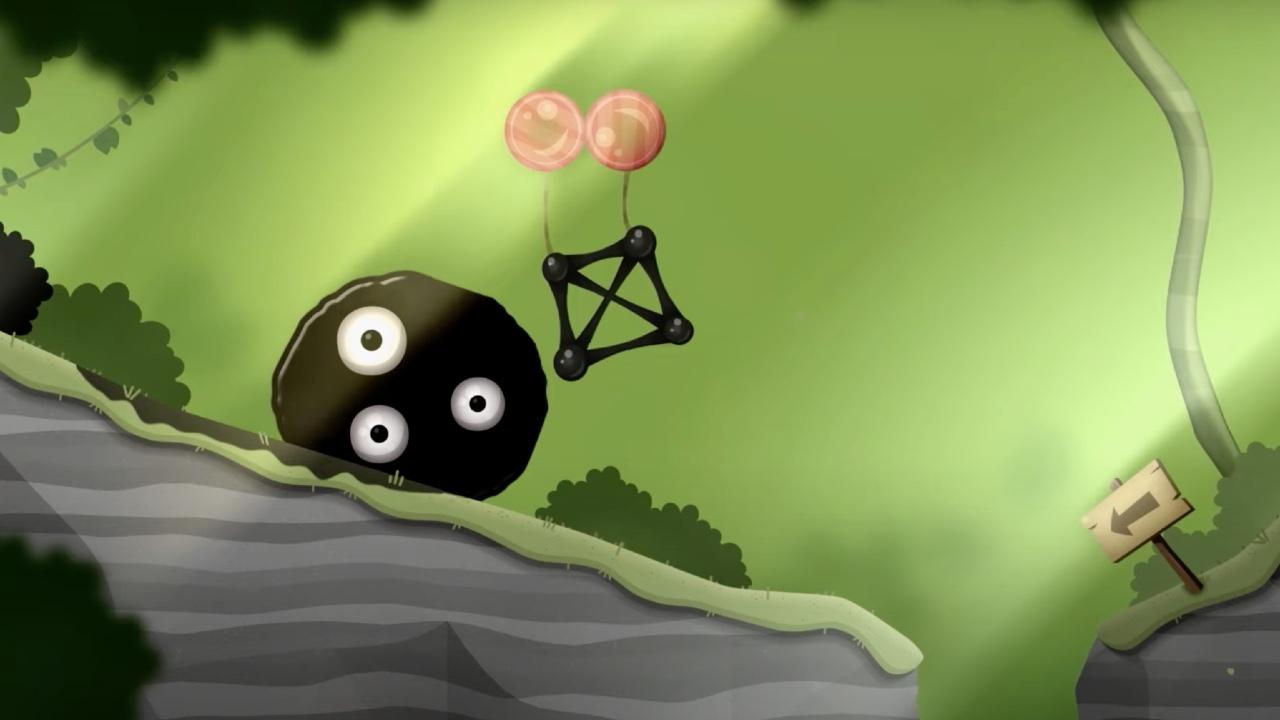
These new features yielded mixed results for me when it came to the fun vs frustration factor, though I did enjoy most of the novel design elements as a whole. These unpredictable additions made solving the delightful puzzles all the more satisfying, and this was especially the case when hitting the tougher thresholds that serve as extra in-game challenges. For these trials, you’re rewarded with completion checkmarks for beating the stage within a shorter time limit, using fewer goo balls, and limiting your moves. It's a subtle but effective means of adding welcome replayability.
World of Goo 2 consists of over 60 stages that each comprise a couple of minutes or so, mapped out in occasionally branching pathways across 5 chapters. Each chapter provides its own colorful backdrop representing a unique setting and period of time that varies wildly in scope and motifs. You’ve got your more typical vibrant greeneries and industrial wastelands, as expected. But things get increasingly “unglued” in later chapters, and you find yourself in strange alternate TV universes and riding aboard a massive “Atomic Express” train. Further adding to the zany character are familiar wooden signs which offer cheeky or cryptic blurbs, or vague hints regarding how to complete the puzzle. There are also a handful of charming cut scenes which feel like a minimalistic blend of steampunk and Tim Burton animation.
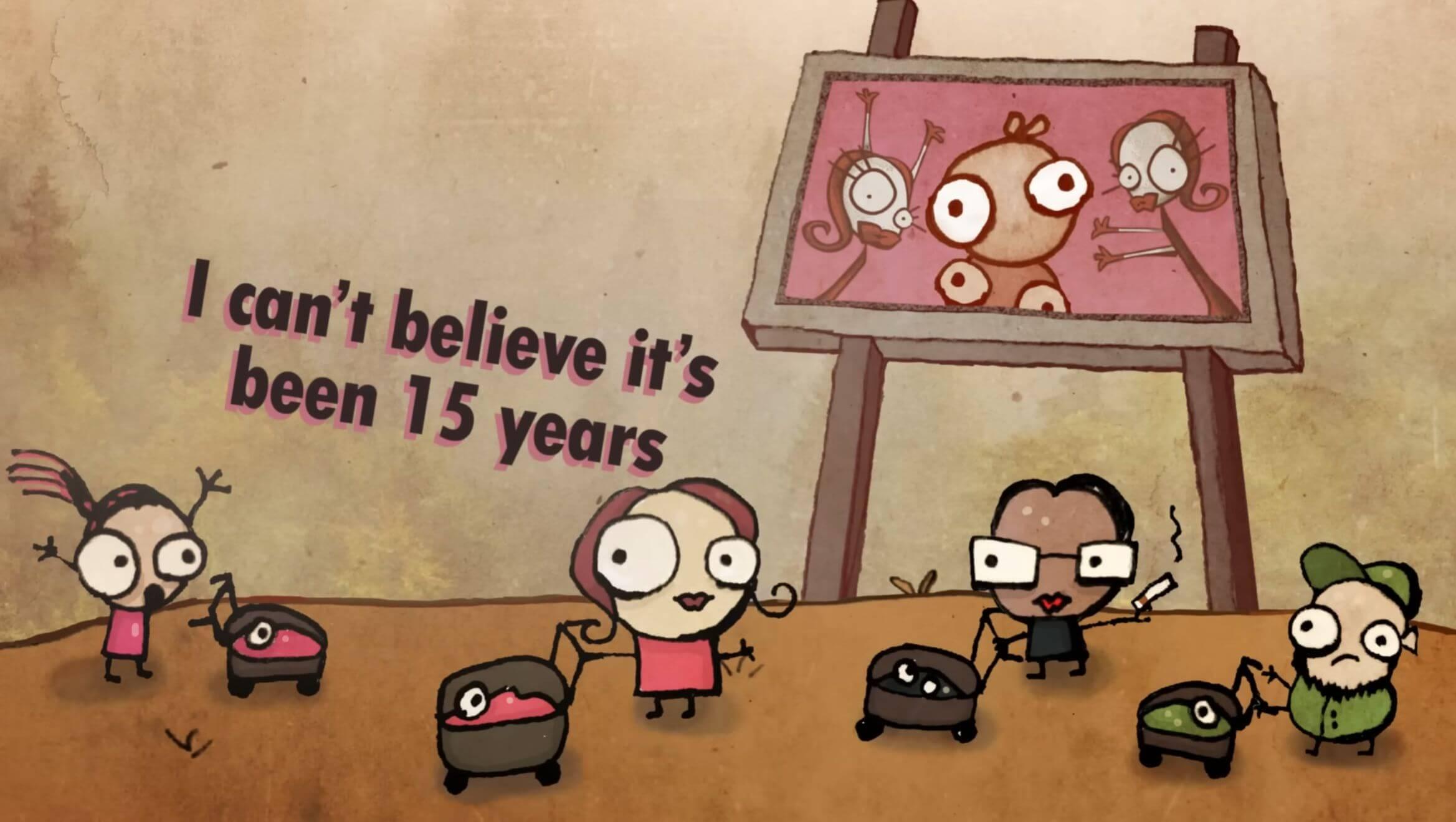
These imaginative new worlds set the stage for highly clever concepts in the latter 2/3rds of the game in particular, with wildly strung-together puzzles and obstacles to blindly tinker with. I say this as both a compliment and slight critique. The puzzles rang a tad convoluted and disjointed at times, often feeling more like a virtual game of mouse trap, or the cobbled-together contraption of a mad scientist, rather than a core World of Goo experience. The ideas sometimes treaded a gooey tightrope between inventive and gimmicky. While you can only do so much with the basic formula of goo-assembly, part of me did yearn for more basic bouts of just building massive towers or robust bridges, while trying to make said structures as resourcefully and solid as possible.
There's a bit of that in World of Goo 2, but the majority involves tasks like carting goo platforms from one island to the next, guiding a giant goo ball into a grinder, or transporting liquid goo by way of empty goo pipes. The game takes a “jack-of-all-trades” approach reminiscent of WarioWare or Wii Play, in that it teases several neat new mechanics, though doesn’t grant much time to really absorb or appreciate them before shifting to something else. As such, the game takes the vibe of an "anything goes" physics puzzler, versus the more chill, consistent, zen-like catharsis of the original Goo. It certainly thrives on its own merits, though fans who liked the more standard formula of the first game (like myself) may not get the same level of enjoyment out of this World of Goo fever dream.
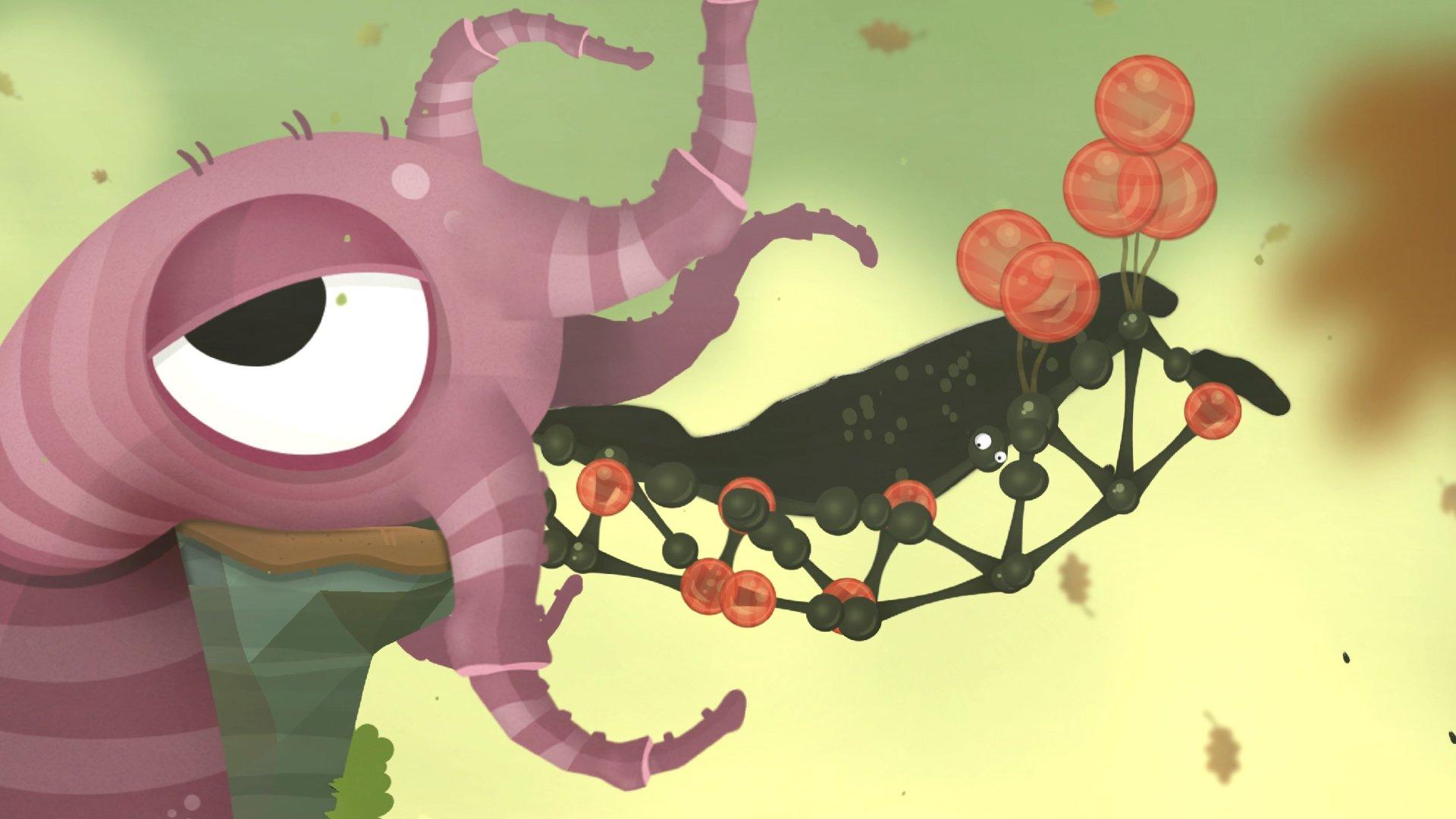
Still, I couldn’t help but marvel at the intricate and inventive mechanics and concepts — which sometimes included mulitple new bits strung together in a single stage. It's fun watching this sort of chain reaction of one action leading to another, which begets yet another. Even when throwing new ideas at you, the game often maintains a moderate difficulty level which may force you to think outside the box. However, rarely did it hit a point where I needed to look up the solution, at least until reaching the more "out-there" fourth chapter. Each screen also features a helpful bug fluttering about, which allows you to rewind time a tad. Essentially, you can easily retry your last move or two with a single tap, should your goo-assembly or transport go awry. You can even skip a stage if you want, though what's the point of that?
It helps that the controls remain as solid and intuitive as ever — at least when using the Switch’s sharp touch screen controls. While it no longer carries the novel feeling brought from the ‘08 original, it made me appreciate the handheld and touch functionality of my Switch OLED, whose larger, more vibrant screen nicely complements this fluid, colorful puzzler. Still, many will likely want to get lost in this goo-laden trip on their large 4k sets, so I also tested out the Joy-Con capabilities. These yielded far more mixed results. While they were serviceable, the interface felt a degree more clumsy and disjointed. This was especially the case when having to recalibrate the centering of the pointer — which was often. As a side note, this setup does bring a neat added feature of being able to duel-wield goo balls, but oddly, the left Joy-Con always stopped allowing me to pick up goo balls after a few minutes for whatever reason.
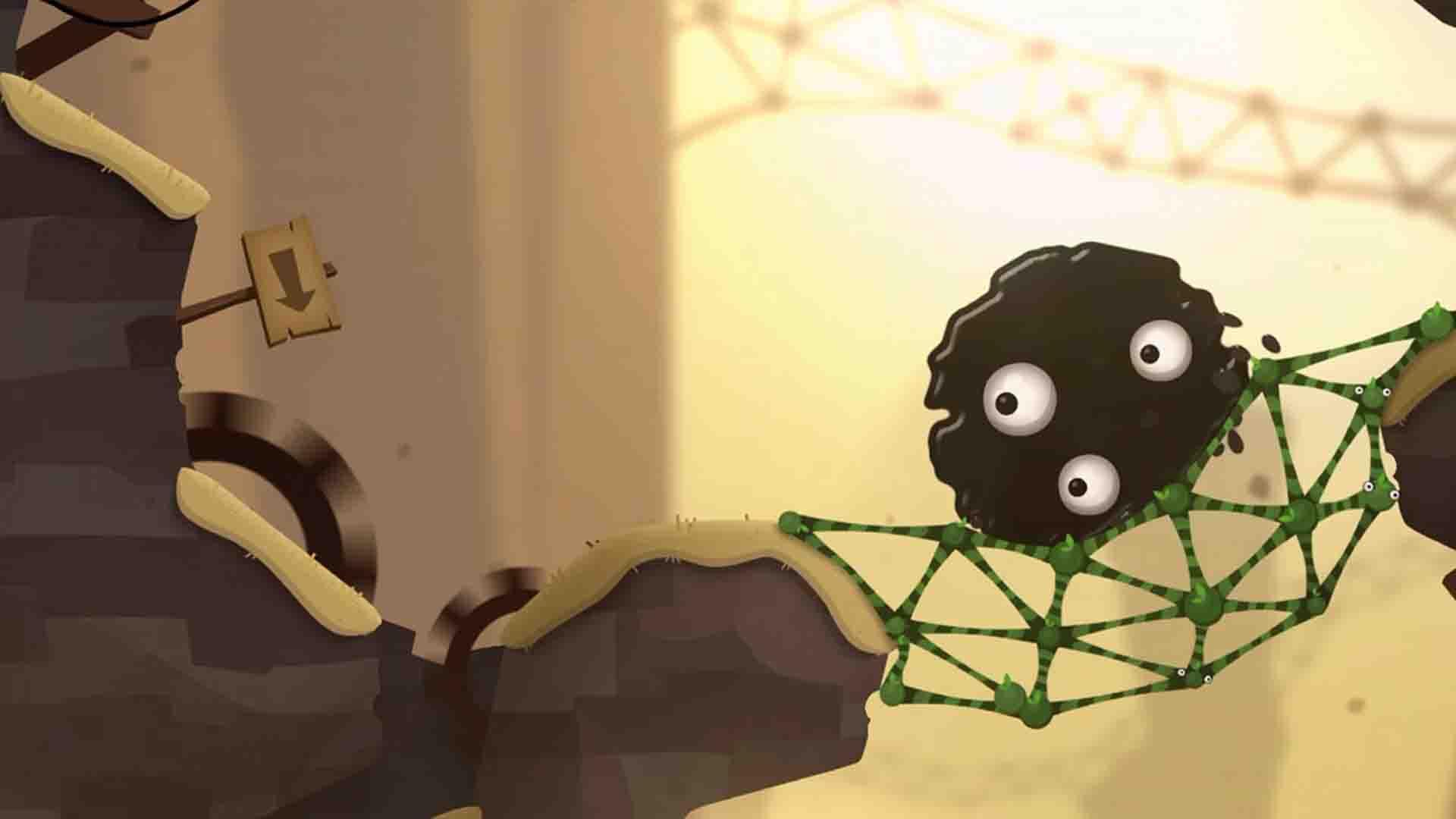
Despite the Joy-Cons being more sophisticated than the Wiimote of yesteryear, their pointer tech is more finicky and just doesn’t feel as sharp. Thankfully, a third control option now exists, as 2D Boy has updated the software to support the pro controller. In my test, I used an “8BitDo Pro 2”, which feels like the child of a PlayStation and SNES controller. This felt surprisingly good, and the functionalities of each button (movement, grabbing, camera zooming) meshed smoothly with the gyro aiming and placement, which felt subtle-yet-precise. If playing docked or on a TV set, opt for this setup. Otherwise, handheld play via touch controls are still the best way to experience World of Goo 2.
The tight, accessible touch controls provide a solid foundation in which to build upon, and 2D Boy takes advantage of this for the most part. There was still some trial an error, as I’d occasionally have to mindlessly tap around the screen, especially when tinkering with newly-introduced goo balls. However, you’re usually given enough visual cues and details to work it out without wracking your brain too much. Stages that blended more traditional World of Goo concepts with a sprinkling of novel features were the bits I enjoyed the most. An example would be an early chapter 3 scene that had me build a tower from the top-down in order to ignite a web of flammable goo nodes, unleashing fiery chaos that opened the door for an expandable bridge of white goo.
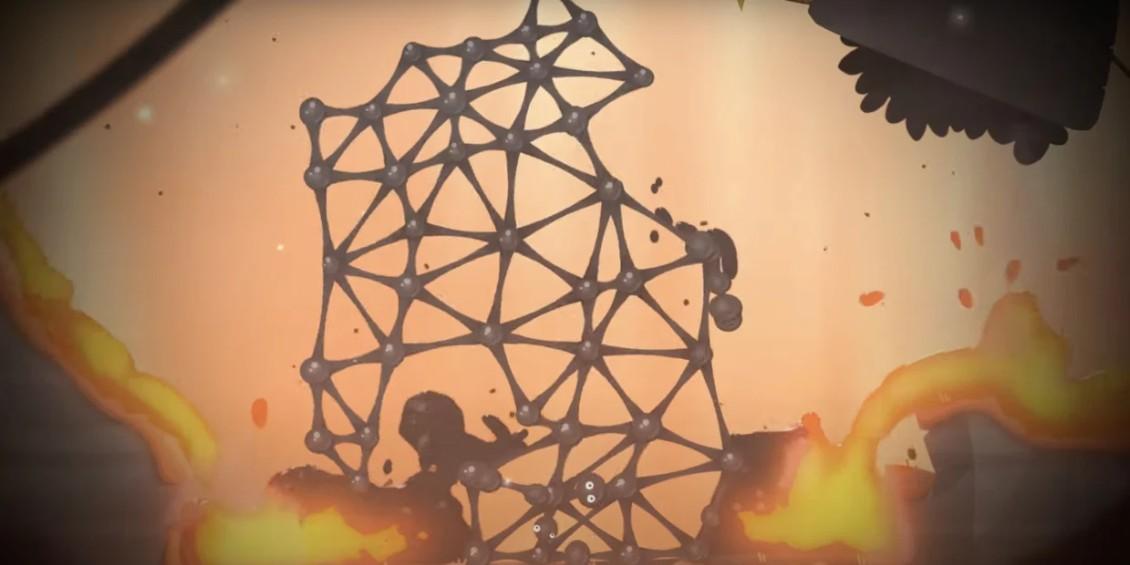
Added to unpredictable trials like this are other new goo types that instantly add depth and creativity to the fold. Along with the return of reattachable green goo, platform-lifting balloons, and malleable white goo, are globs of pink goo that expand when filled, hollow goo that transports liquid, and even cheese blobs used to terraform blocks. The game even dives into more nuanced and trippy physics-based mechanics that play with gravity, and Angry Birds-esque projectile launches at given angles.
This is still just a taste of the amusingly wild (occasionally jarring) ride that is World of Goo 2. The game starts things off slowly, providing a goo-laden “bridge” for veterans of the original and newcomers. But after the first fairly tame chapter, the game hits the ground running, launching players into a slew of exponentially off-kilter bouts, throwing gooey curve balls to keep gamers on their toes. While it can get a bit out of control — and sometimes fails to delve more deeply into certain concepts that do work — the ride is still thrilling and satisfying as a whole. World of Goo 2 is worthy sequel to its classic predecessor, while also standing tall (albeit a bit wobbly) as a distinct experience.
VGChartz Verdict
7.5
Good
This review is based on a digital copy of World of Goo 2 for the NS
More Articles
I've been looking forward to this one (I'm gonna wait for the Steam release), but hadn't read any reviews until now. I'm still looking forward to it but I've certainly got slightly reduced expectations now. I was really just hoping for a 'more of the same' type of sequel, rather than one that up-ended the formula in order to appear innovative or whatever.
Yeah, it's pretty good as its own thing, and it implements some neat concepts, but in terms of a more direct expansion on the original World of Goo formula (which is more of what I was hoping for), it doesn't really hit that mark for me. And even in the new areas it explores, it doesn't expand much on most of them either. Chapter 4 in particular is unapologetically wild though ha, that sold me more on the game overall in a way, as it at least went full-throttle with the weirdness.









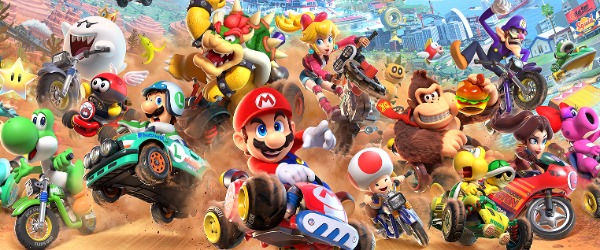
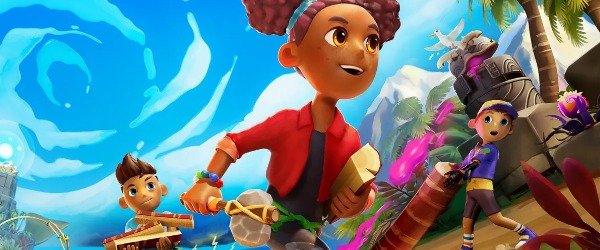
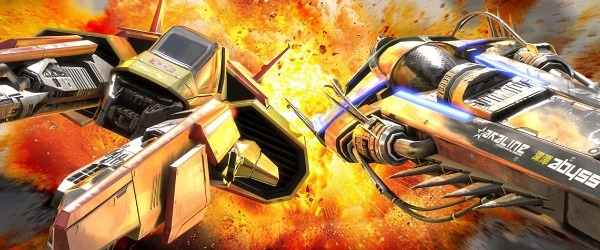













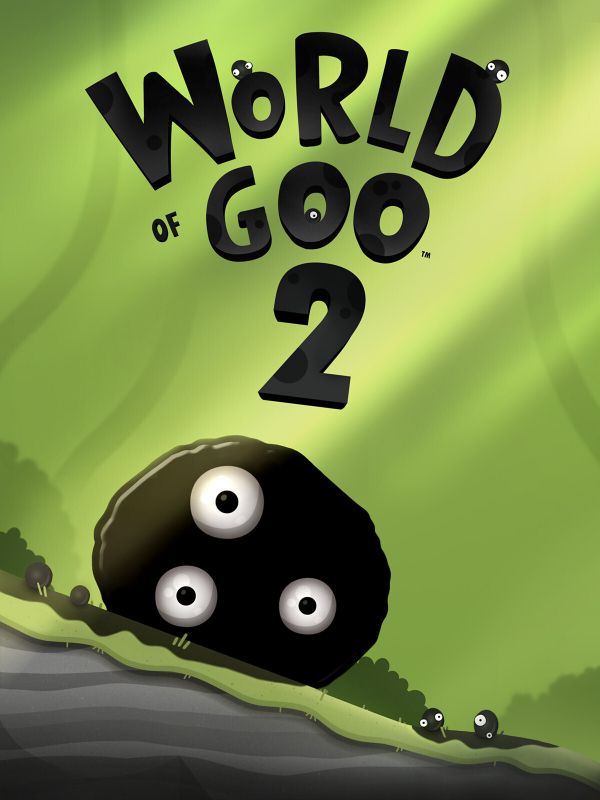



 Essay Pro
Essay Pro